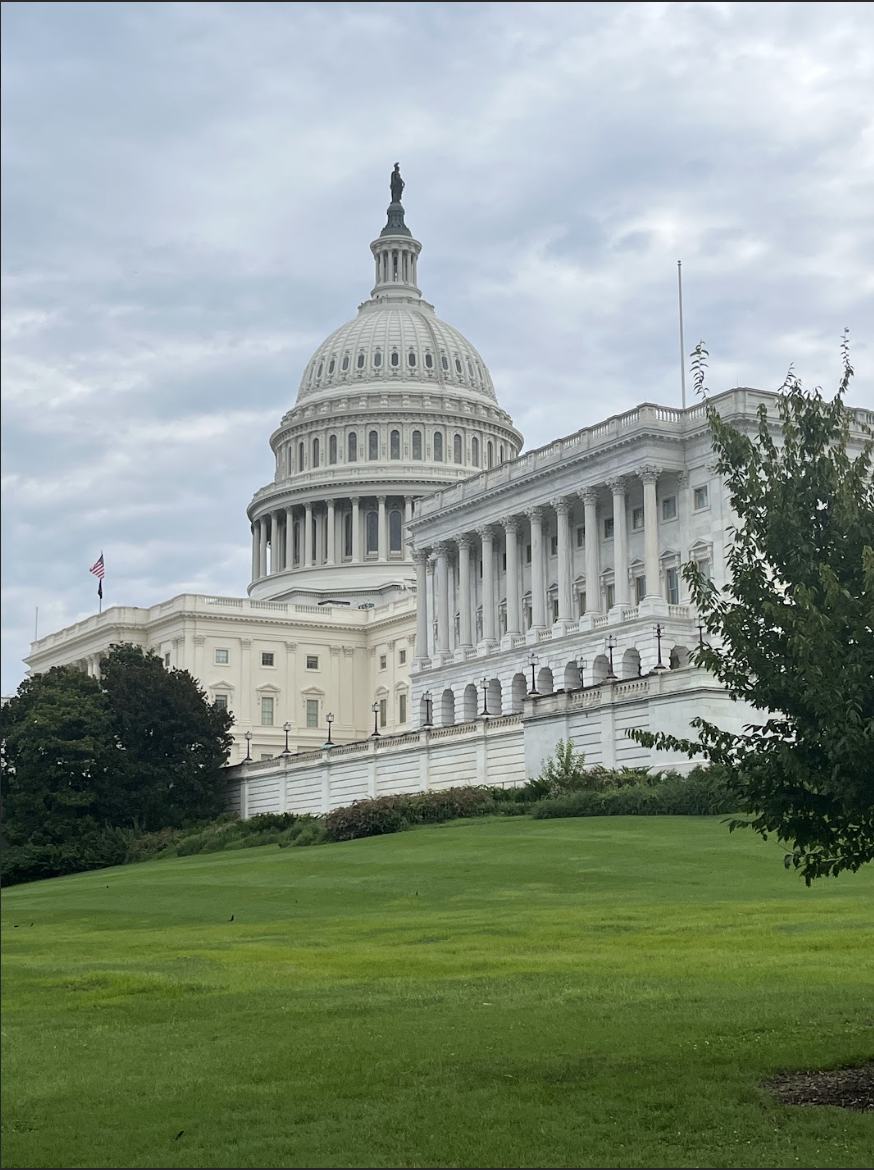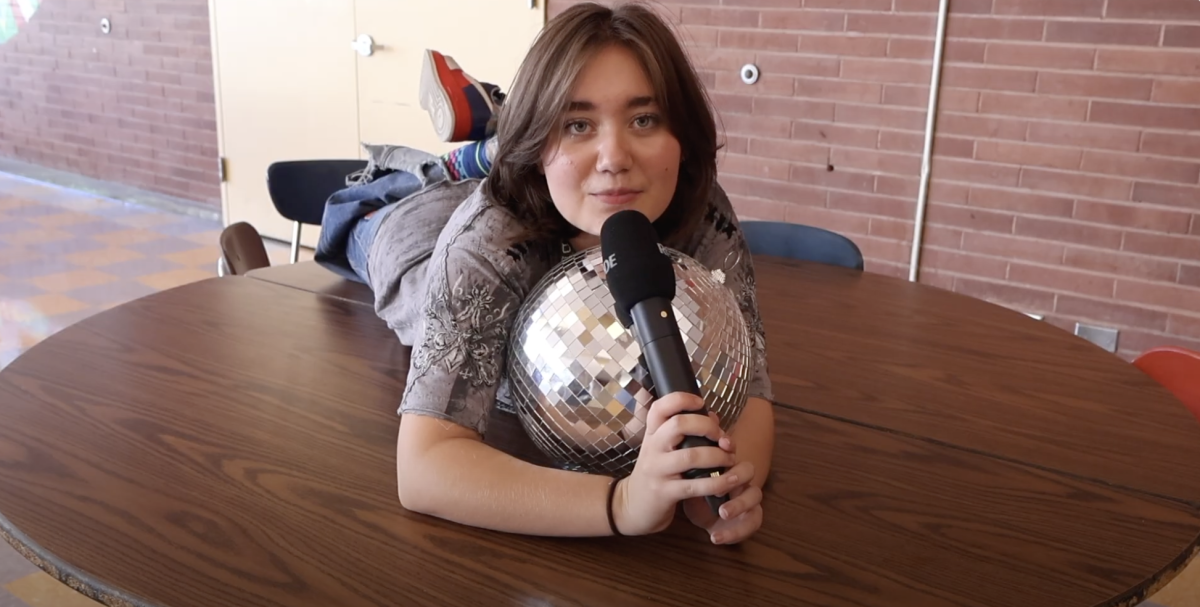March 10 marked this year’s “spring forward” into daylight savings, a practice dating back to 1918 in the United States. Recently, the practice has been up for debate, with many arguments supporting and opposing daylight savings time (DST).
While many believe Benjamin Franklin created DST or that DST was created to make longer days for farmers, the practice originated amid World War I. Germany was the first to adopt DST to save energy, as artificial light wouldn’t be used as much. In 1918, the United States implemented the Standard Time Act, which also aimed to save energy and fuel during the war. The Standard Time Act was repealed a year later, but reimplemented during World War II. Following WWII, state and local governments decided whether to remain in standard time or spring forward, leading to confusion across the country regarding the time changes. The US Congress passed the Uniform Time Act in 1966, which standardized DST across the United States, with the exceptions of Arizona and Hawaii.
In recent years, senate bills in Oregon State Legislature were introduced, aiming to abandon DST or standard time. This has sparked heated debate over the benefits and harms of bianual time changes.
Advocates of standard time argue that springing forward each year causes unnecessary health issues. Their most prominent argument is changing the clocks disrupts sleeping patterns, with the body’s natural clock being more closely aligned with standard time. Colorado University professor Ken Wright told CU Boulder Today, “If you look at the expert consensus from the scientific societies that focus on sleep, health and circadian rhythms, all of them agree that this [DST becoming permanent] is a bad idea. Yes, we should be getting rid of the time change. But the science suggests we should be sticking with standard time not daylight saving time.” It can increase the risk of depression and heart attacks as well, according to family physician and Oregon State Sen. Elizabeth Steiner, D-Portland.
Supporters of DST argue the benefits of sunlight in the later hours of the day. Steve Calandrillo, a law professor at the University of Washington told OPB, “The entire point of DST is to push daylight into the portion of the day when the vast majority of the public is awake, moving about town and can enjoy the benefits of daylight vs. the dangers of darkness.” Supporters for permanent DST also say that DST cuts down traffic fatalities during night commutes, reduces crimes due to the extended light and cuts collisions with deer.
In 2022, Senators Marco Rubio of Florida and Edward Markey of Massachusetts introduced the Sunshine Protection Act to US legislation, which would make DST permanent. Rubio and Markey argued that DST could improve public safety, save energy and boost mental health.
Supporters of standard time counter this claim with arguments that, in turn, there would be dangers due to the lack of light in the morning. DST would lead to groggier drivers, icier roads and more young students commuting to school before sunrise.
In 2019, the Oregon legislature passed a bill that would make DST permanent. However, the bill did not get congressional approval.
Most recently, Senate Bill 1548 was introduced, which would make standard time permanent in Oregon. In February, Oregon senators rejected the bill, mostly over concerns over the confusion it would create with Oregon in standard time and neighboring states in DST. Most were concerned over the disruptiveness of the time changes for people who frequently commute between states.
Supporters of the bill said that the confusion would only be a short-term issue, as the world is in an age of remote working, so people already know how to work with people in varying time zones. Additionally, supporters of this bill presented many of the same arguments that fans of standard time provide: the switch to standard time is much simpler and the time changes are connected to increased heart problems and negative mental health impacts.
The failure to pass the bill led to an added amendment of the bill, guaranteeing that Oreogn would only make the switch if Washington and California did as well. In California and Washington, there is little action in legislation to move towards permanent DST currently.
Sen. Sara Gelser Blouin, D-Corvallis provides yet another perspective. Due to Oregon’s position geographically, making the time change biannual ensures that the sunrise comes at a reasonable time. Gelser Blouin told OPB, “The real issue is that we are geographically in a place where, as inconvenient as it is, it probably makes sense that we change our clock twice a year.”
Whether it’s standard time, DST or keeping the biannual change, this topic is widely debated. How do you think the clocks should be changed?









